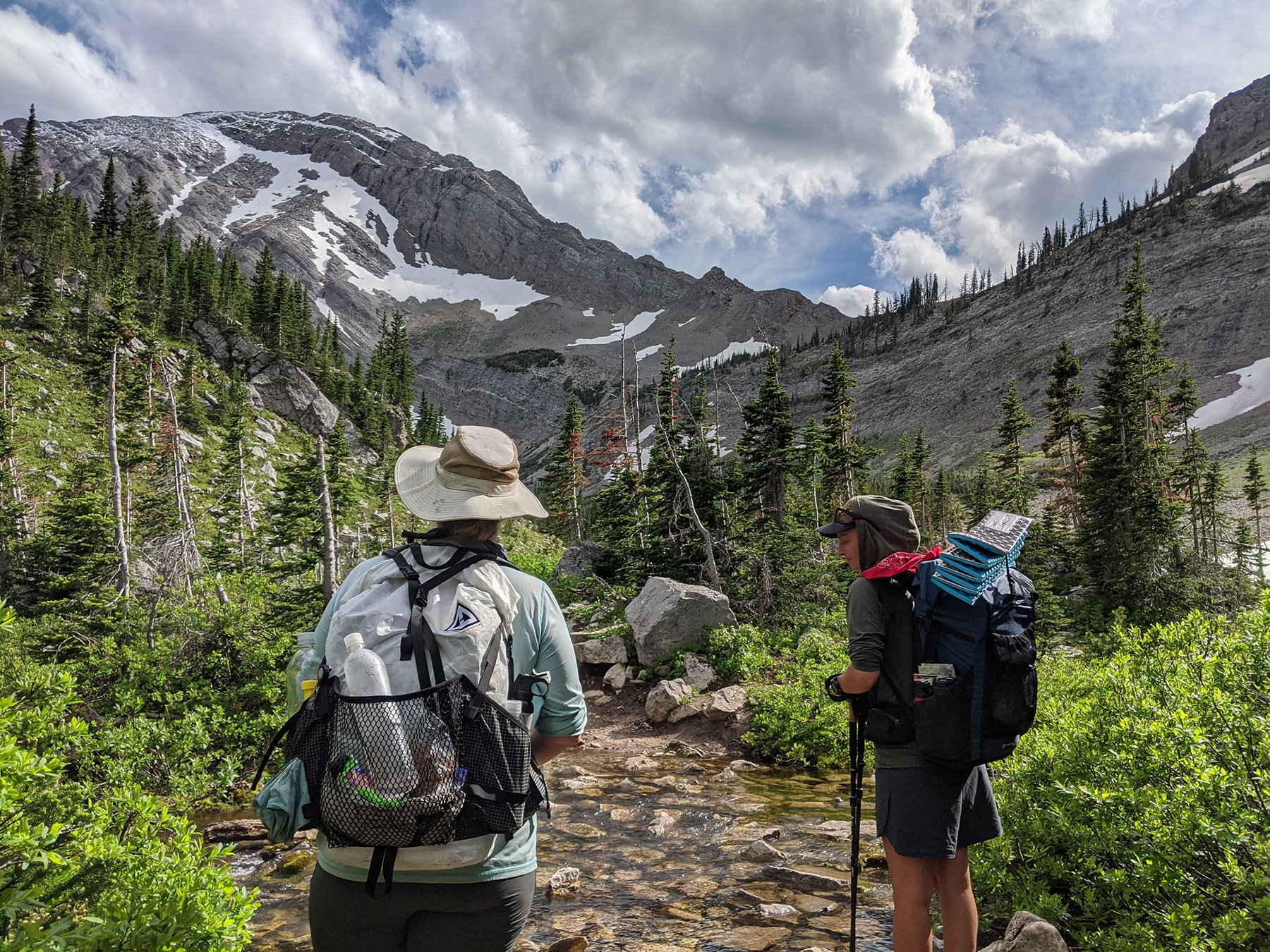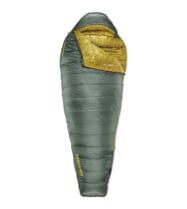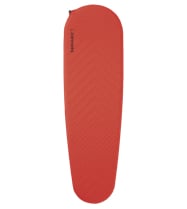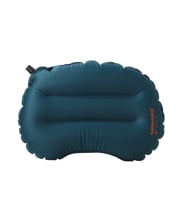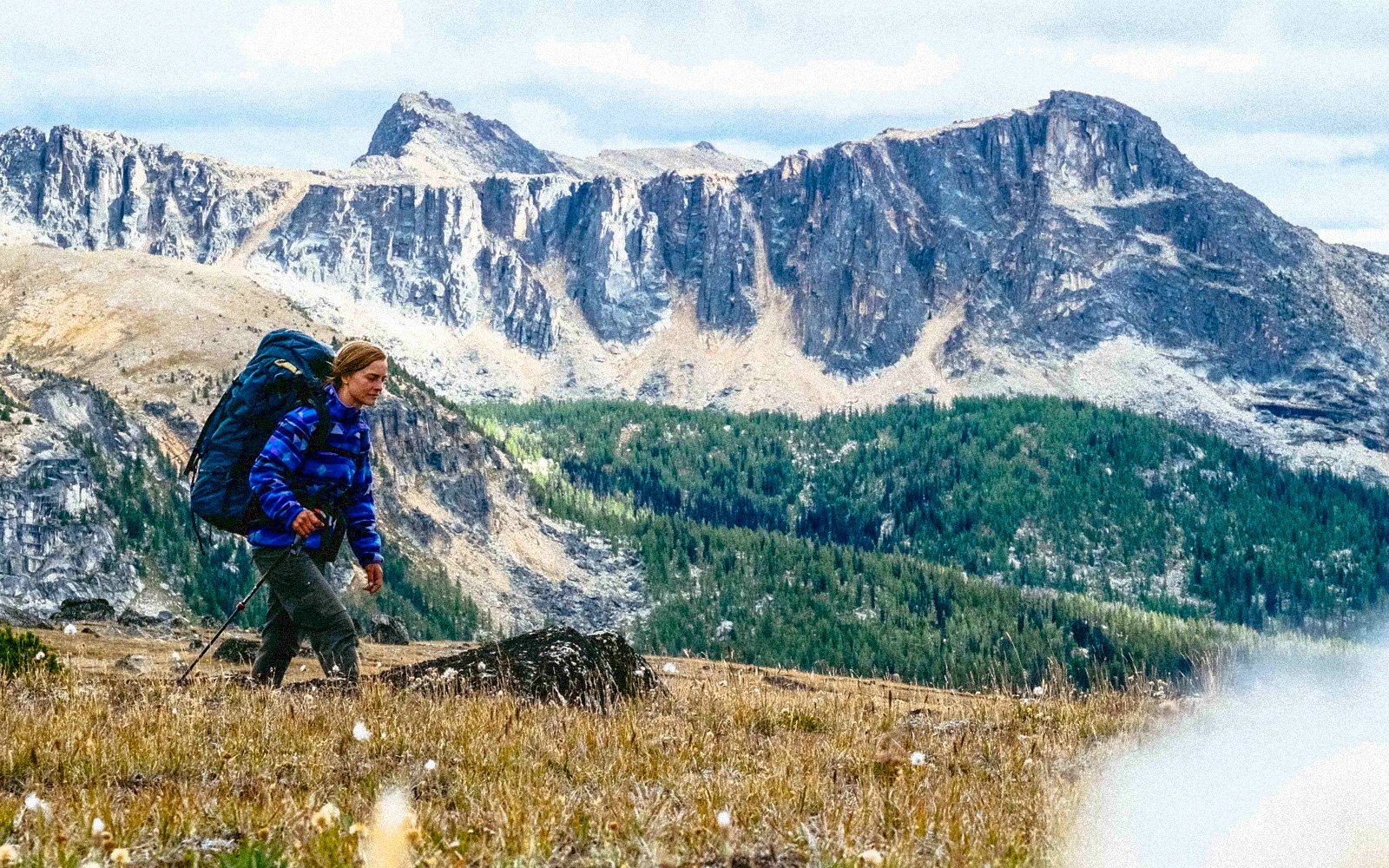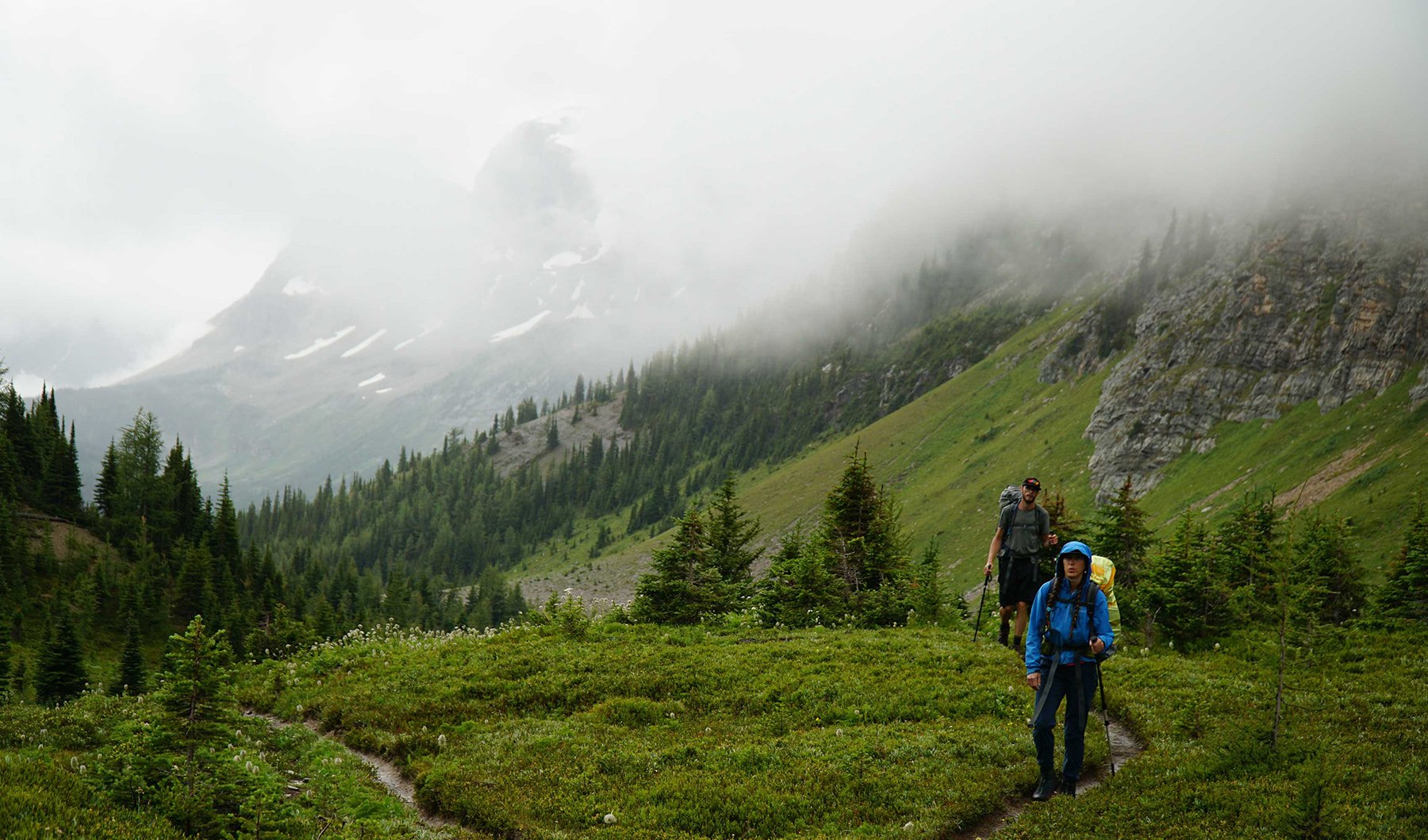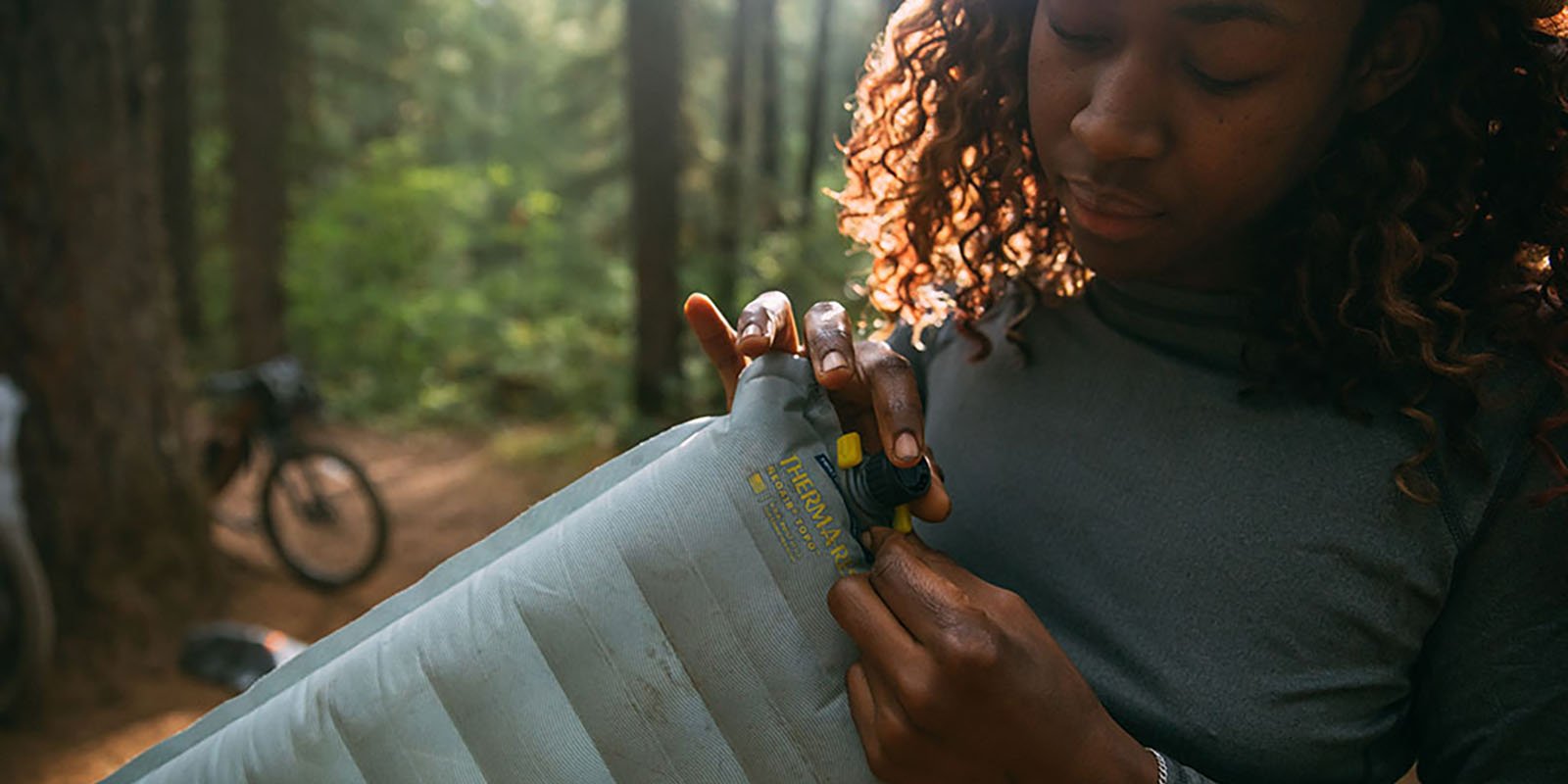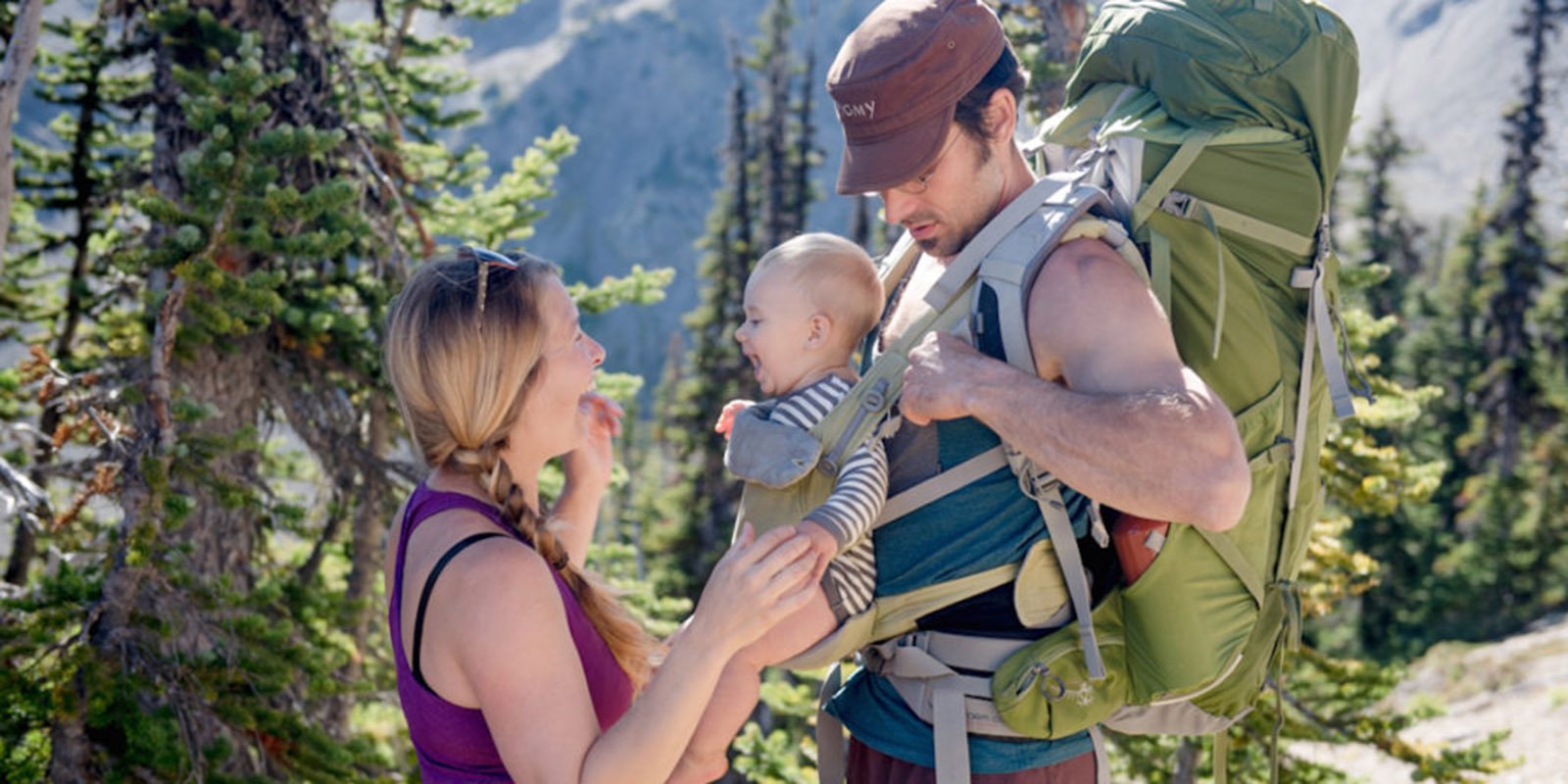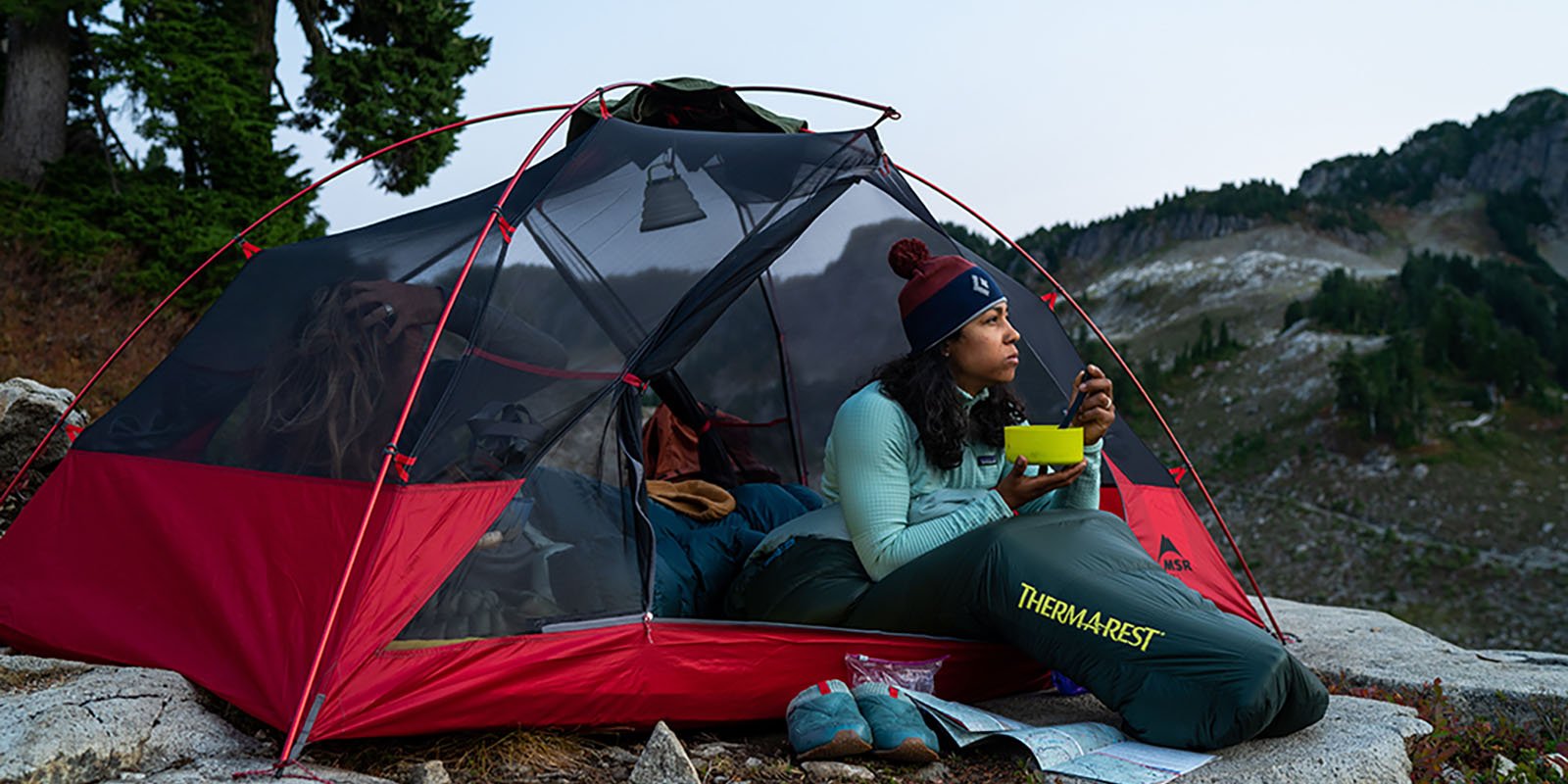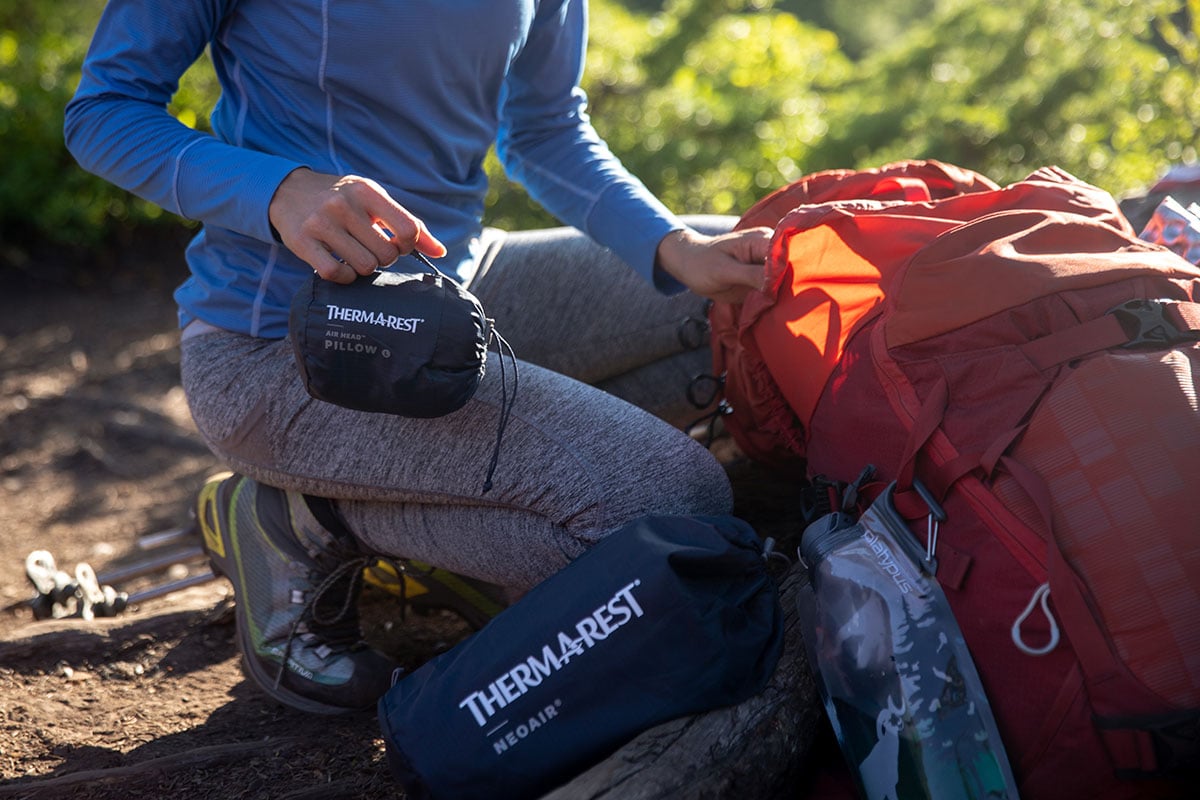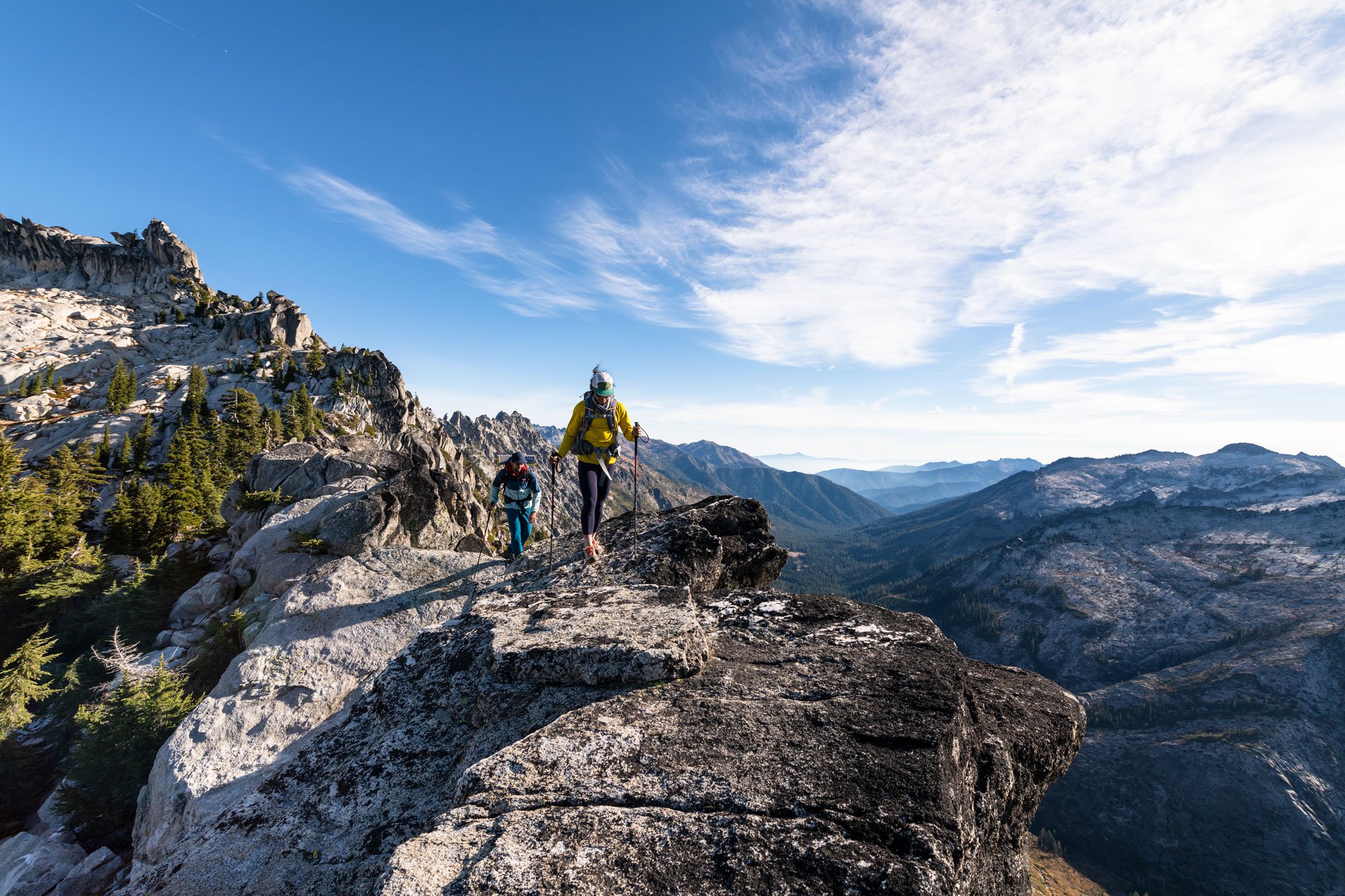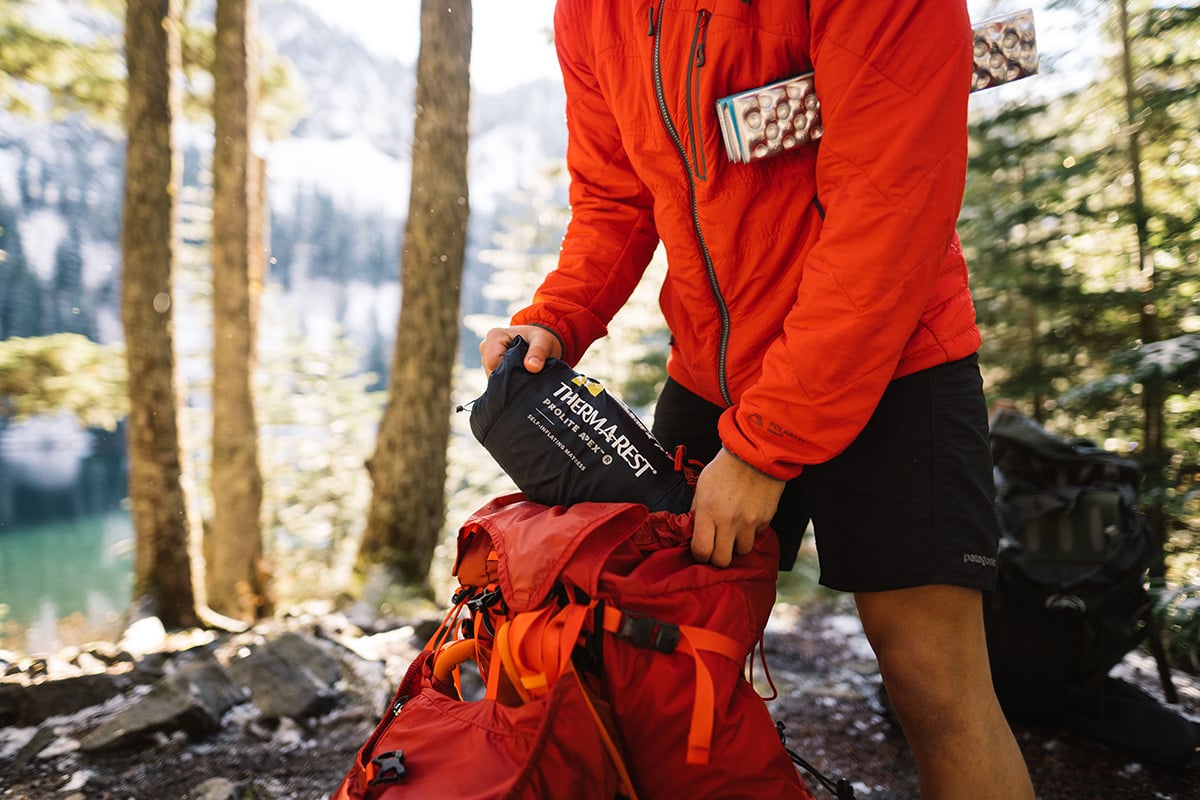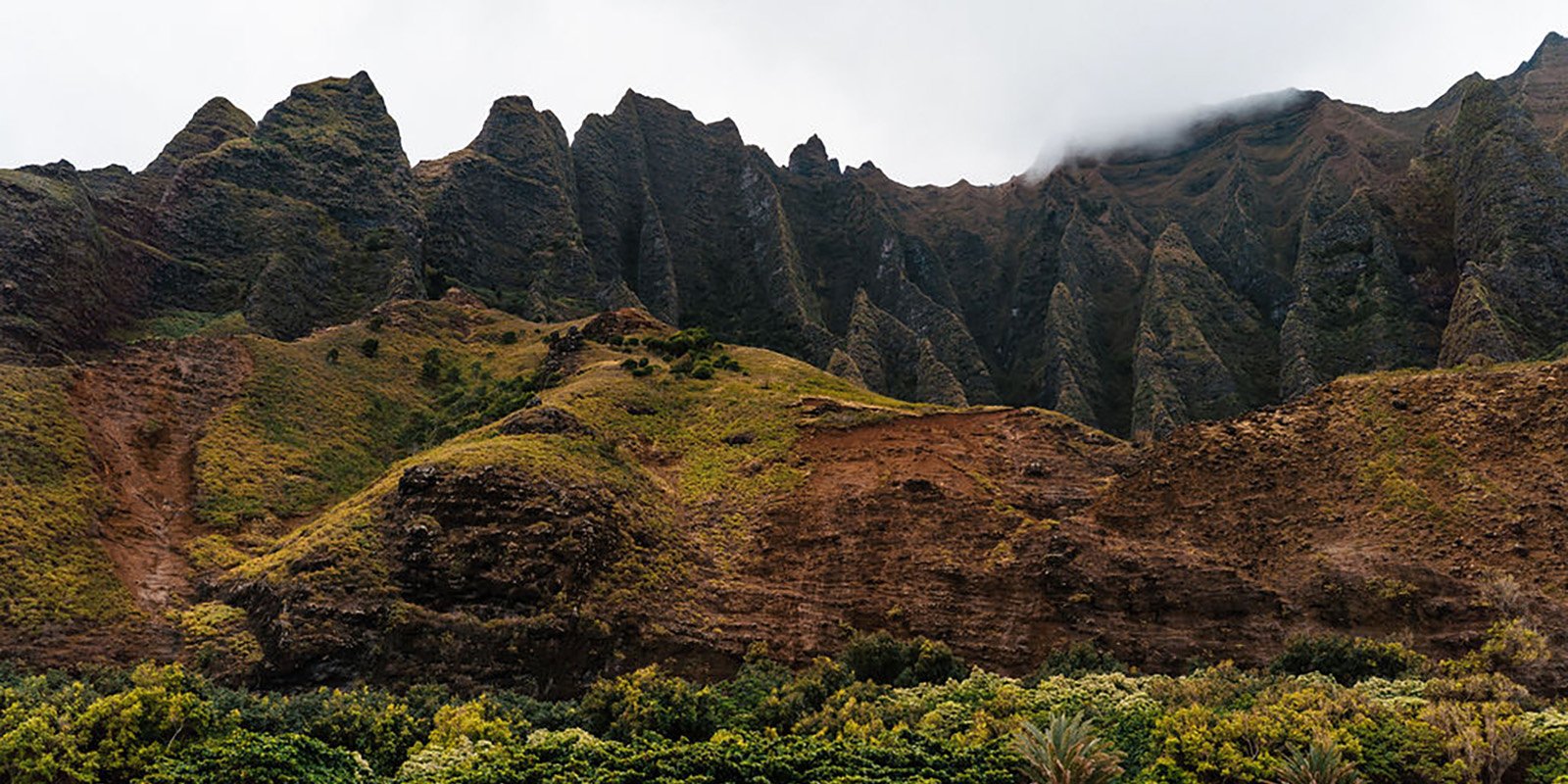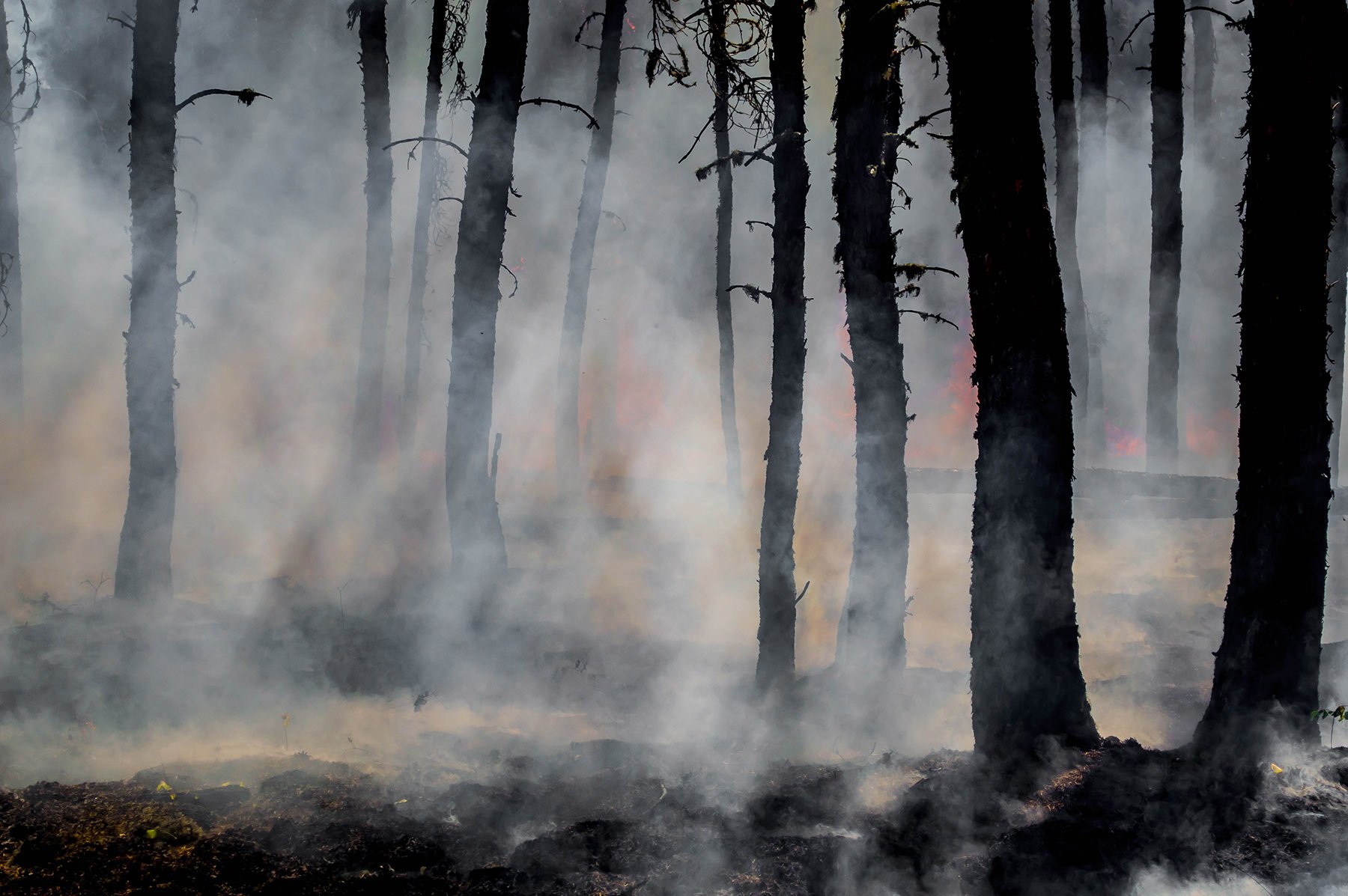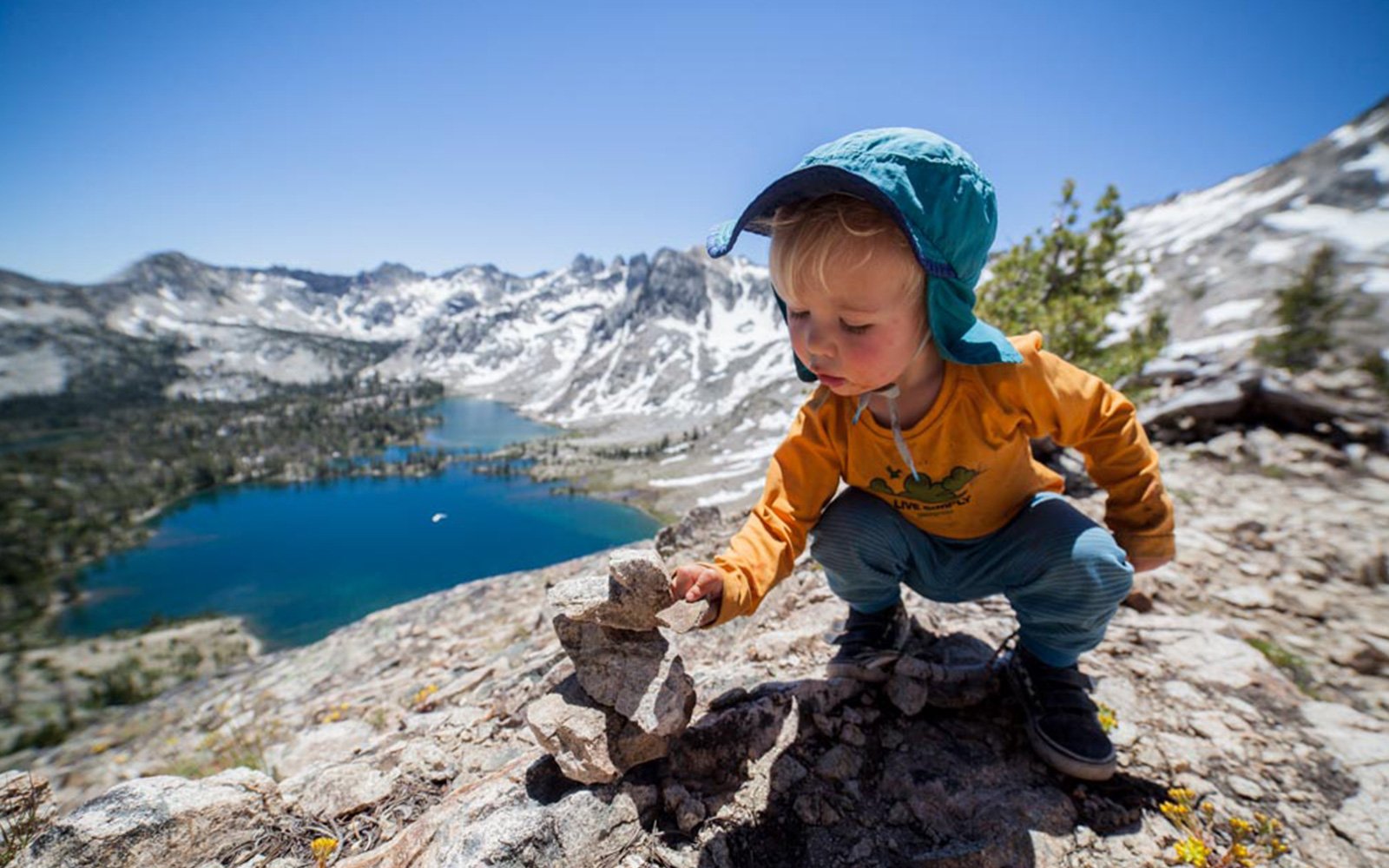So, you are planning your first backpacking trip or are about to introduce friends to their first backpacking experience. Congratulations! Backpacking for beginners is both an exciting and a daunting prospect. When asked the question, “what makes a person a hiker?” an experienced long distance backpacker I know answered, “you become a hiker when you plan and execute your own hike.” Her point is, that backpacking is not so much about the miles–or even where you go–as it is about taking responsibility for the journey.
This is an overview aimed at guiding you through some of the steps in this process. Through failure and success, these tips for success I’ve learned over the years and many miles. Whether you are the beginner or you are leading them, the aim is for the whole group to have the best wilderness experience possible at every step of the journey. From planning to debriefing, these tips will help you to put together a successful backpacking trip for beginners.
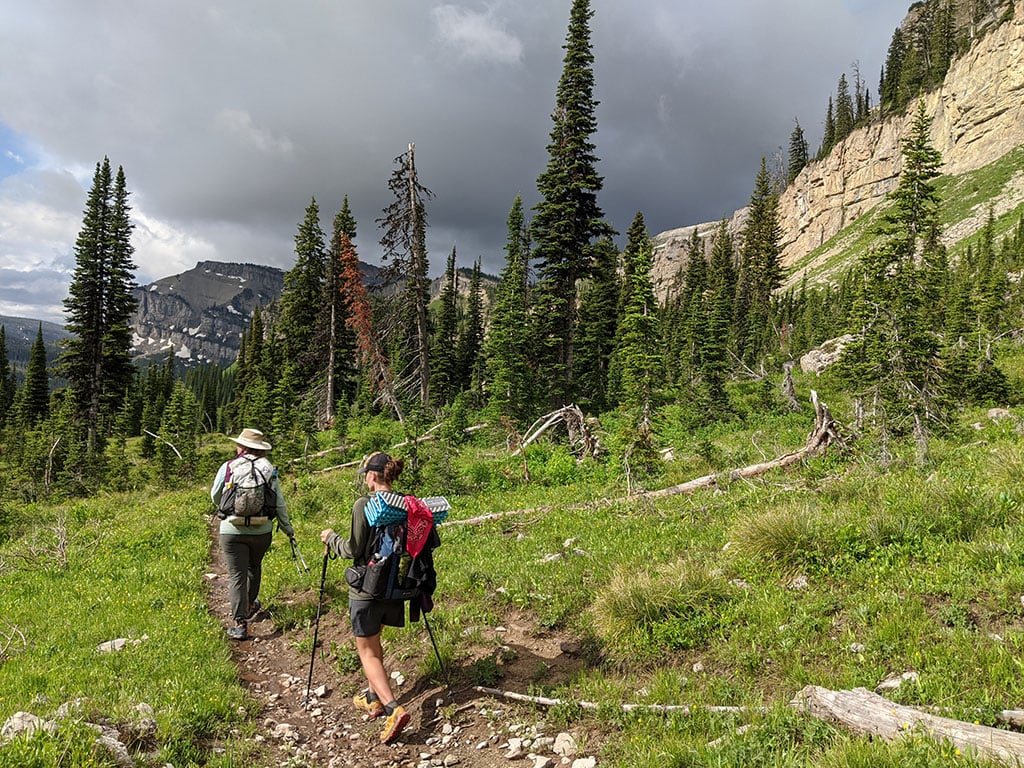
1. Maintain Some Familiarity
There are going to be plenty of new experiences backpacking for the first time. Planning a mellower backpacking trip in a familiar area can be advantageous because a beginner may go in with pre-existing knowledge. Feeling comfortable in the landscape, wearing familiar clothes, knowing what kind of food you are bringing and how to prepare it, recognizing wildlife and knowing how to respond, and familiarity with weather patterns, are all examples of knowledge which goes a long way toward making a beginner feel more comfortable and safe.
I recently went out for a quick overnight backpacking trip and, even with over a decade of hiking experience, I still make mistakes. When I got to camp I realized I had forgotten to bring a lighter and so would not be able to cook my dinner, I was familiar enough with my food and knew I could just add cold water and let it sit for longer to rehydrate.
Backpacking for beginners should minimize risk and unforeseen challenges, though a beginner should know they will arise. So planning to integrate some degree of familiarity will go a long way toward making the adventure more successful.
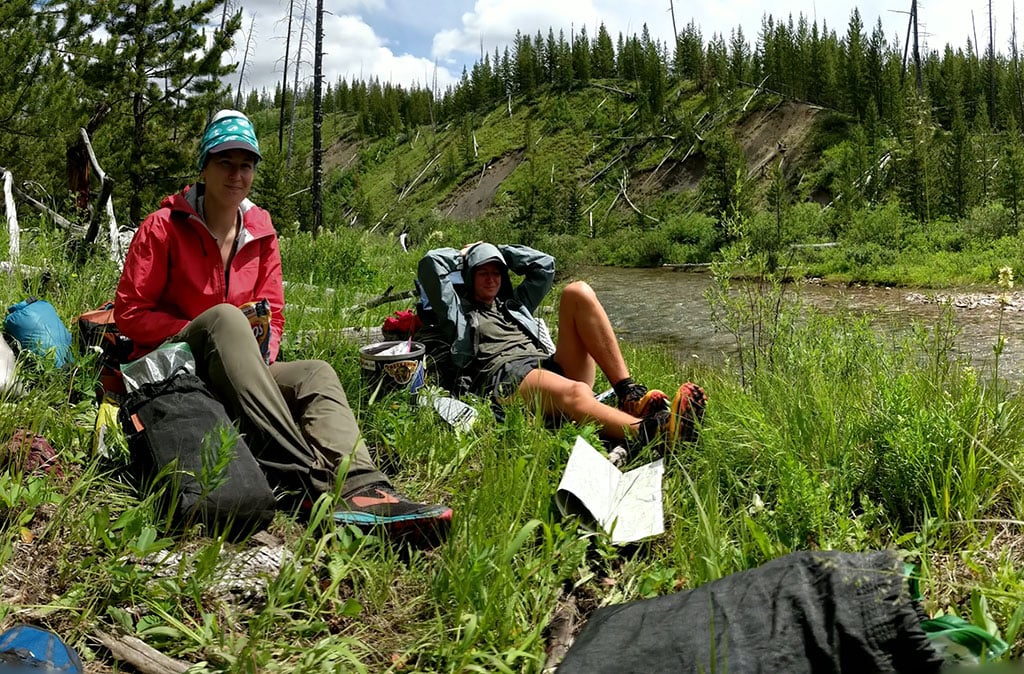
2. Plan a Route
Now that you’ve picked the area where you want to go backpacking, begin planning a route. I would suggest sketching a couple options in case your plan A falls through. This can happen for any reason ranging from weather to permitting but in general, having a backup plan and gauging reasonable miles is important at all levels of backpacking.
When experienced backpackers reflect on their earliest backpacking trips and what made them fall in love with the outdoors, we tell stories about the beauty and the adversity of the experience. We talk about swimming in an alpine lake, weathering a crazy storm, or the quality of conversations.
As an experienced backpacker planning trips with beginners, overplanning mileage is one of my most common mistakes.If you are a beginner or backpacking with beginners I would suggest planning around 5-7 miles for a full day on trail. This allows time to get acquainted with new gear, not feel stressed by pressure to cover ground, and gain familiarity with the surroundings.
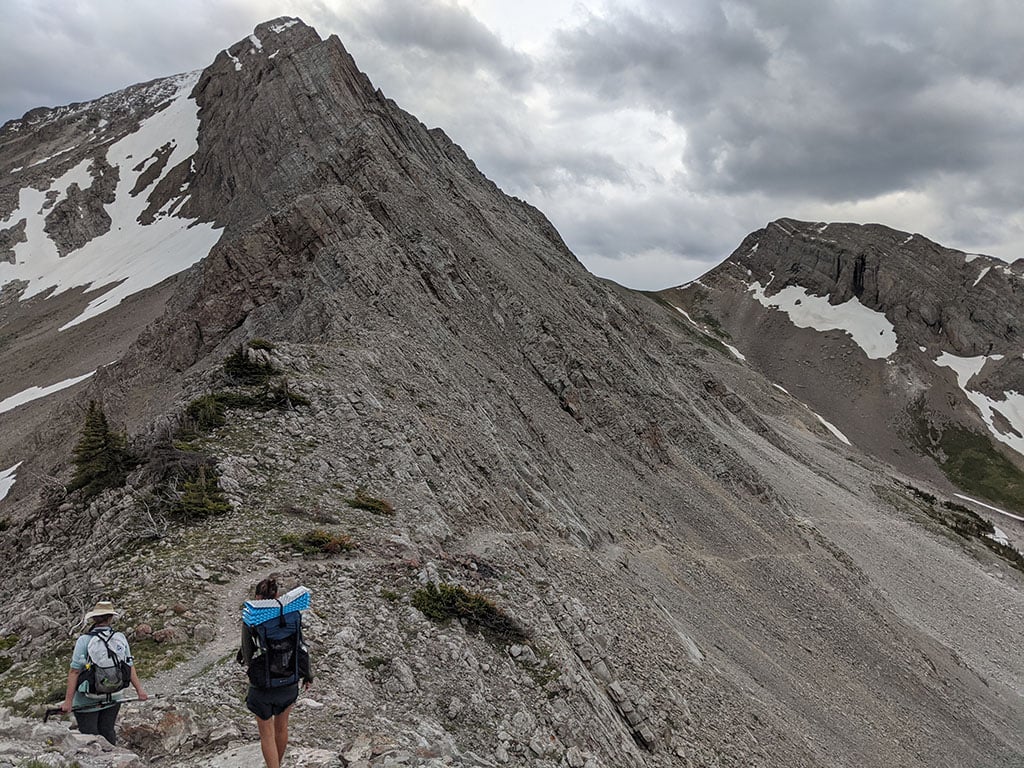
3. Research and Fill In Route Details
Planning a route is a critical step to building both confidence and stoke levels. If you are taking beginners for one of their first trips, I suggest making them a part of the entire planning phase. Once you have decided on where you are going and have an idea on plausible routes, dive into the details.
Some parks you have to reserve sites months in advance, others do not allow reservations more than 2 days out, while some of the best places are first come first serve. Don’t hesitate to call the park ranger stations to check before you get too attached to a route. I recently got really excited for one particular backpacking trip through Yellowstone and planned it for 2 weeks before calling them and learning most of the trail was flooded.
The next things to check are restrictions. Does your planned route go through private property? Is it in state or national parks? Are permits required for backpacking in this area? Are there campfire restrictions? Are there established campsites or will you be primitive camping? Once you have a grasp on those details the last thing to check, no more than 3 days before you plan to begin, are weather reports.
A beginner that participated in the research will feel empowered and more prepared out on the trail. This helps reduce the feeling of vulnerability and allows more positivity.
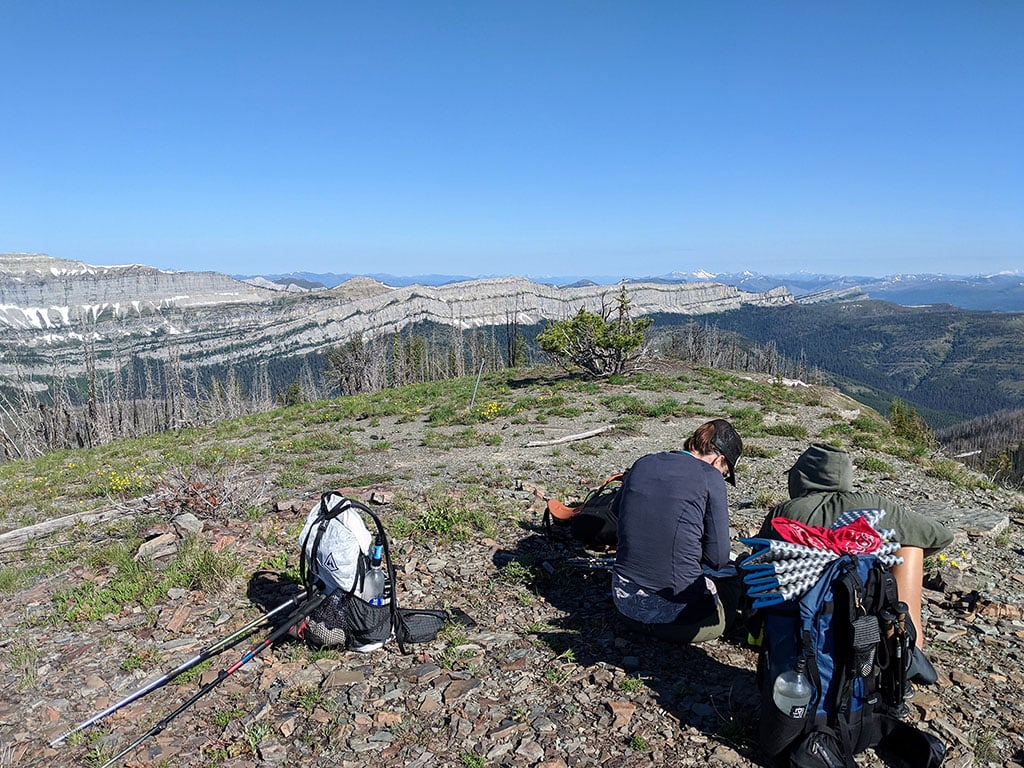
4. Do a Gear Shake Down
With an understanding of the area you are going backpacking and what kind of terrain, mileage, and weather to expect, you can decide on gear. There are a number of good checklists available online to guide you in what to bring but each list will vary based on the individual, landscape, and season. That said, aiming for 15 lbs or less base weight (that is how much your pack weighs without counting consumables such as water and food) is a good starting point.
One mistake I often regret was my friend wearing her brand new hiking boots for her first multi-day backpacking trip. She was a real trooper about the blisters that inevitably blossomed. That was when I learned that backpacking for beginners requires broken in, trail appropriate footwear.
Just like walking, sleeping is one of the most fundamental components of backpacking. And just like footwear, an appropriate sleep system makes a trip far more comfortable. Building a sleep system as a beginner can be difficult because you, or they, may not own the right gear yet.
Whether you are borrowing or buying, target a lightweight bag and pad with the appropriate temperature ratings and r-value. Something like the Questar™ 20F/-6C + the ProLite™ Plus would be a great beginner setup. Both time-tested pieces provide a great combination of comfort, durability, weight savings and affordability. Add a great backpacking pillow, and a beginner’s first nights under the stars will become a positive memory.
Checking over gear thoroughly and patiently before leaving home will allow flexibility in addressing any forgotten items or mistakes. A good gear shakedown goes a long way to reducing anxiety and increasing comfort for beginner backpackers.
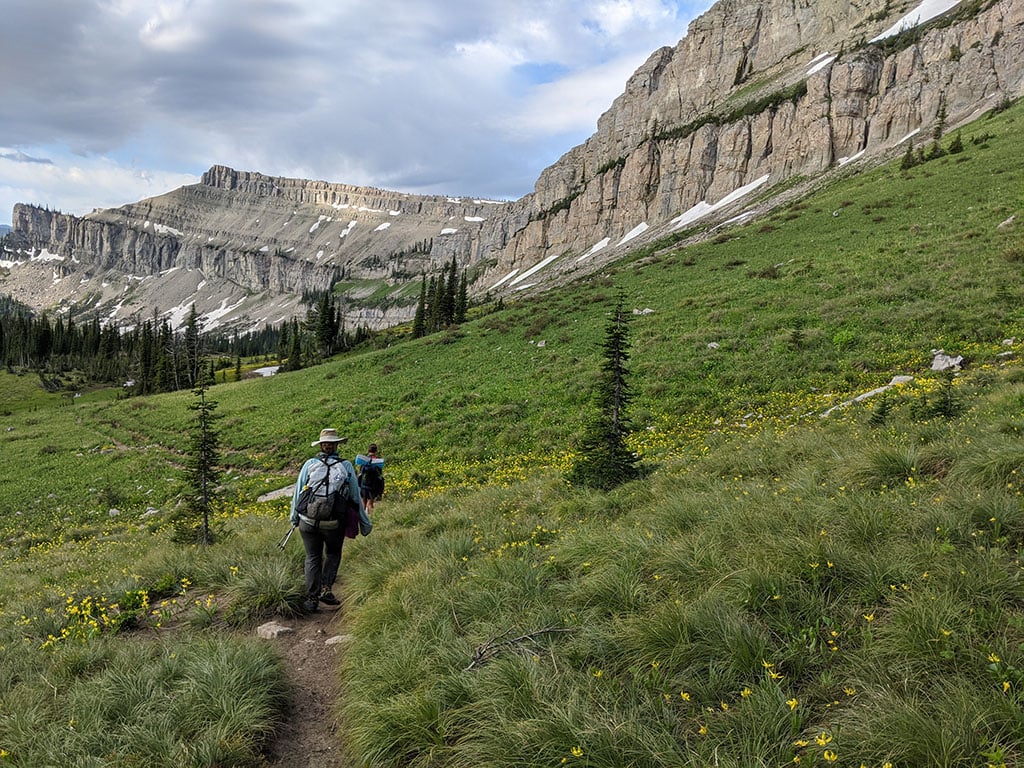
5. Meal Prep
Of all the adaptations one makes on a backpacking trip, using a backcountry kitchen for the first time can be the most jarring. Many beginners are disbelieving that enough food can be brought or wary at the prospect of subsisting on dried or otherwise trail-friendly food. Yet, there is a surprising amount of wiggle room in balancing nutrition needs with things you actually look forward to eating.
The first tip is to do meal prep ahead of time. If you want to pack out fresh veggies to dice up, do this at home and save yourself the weight of a pith that you will just have to pack out. This also reduces the amount of work and smellables around your camp which helps with animal safety. Generally it is advised that any fresh and perishable food be eaten in the first few meals.
A classic first-night meal that blows beginner minds is burritos. Tortillas + fresh peppers + fresh onion + canned chicken + rice with a little hot sauce on top and you will hear or say things like, “this is better than I eat at home!” This kind of backcountry cooking does add weight though and is a little more logistic-heavy. Keeping it simple and sticking with just-add-boiling-water dehydrated foods is perfectly fine, but sometimes a next level meal goes a long way in correcting preconceptions about “roughing it.”
Wet foods are always a gamble. If you think it might leak, it probably will. In this area I always find it worth the investment to buy higher quality ziplock bags and double bag things. Or, if I am going to carry something in a jar, I make sure it is a plastic jar rather than glass and has a lid that screws on completely. Packaged foods with flip top caps, are an invitation to trouble. If you do bring one, bag it up just in case.
I also advise bringing along a few treats you really look forward to eating. Whether it is something salty after a hot climb, a square of chocolate after a challenging day, or you just want a cup of hot cocoa to nurse around a campfire. Treats are more valuable than you might think. My friend once traded two apple fritters for a Therm-a-Rest sleeping pad.
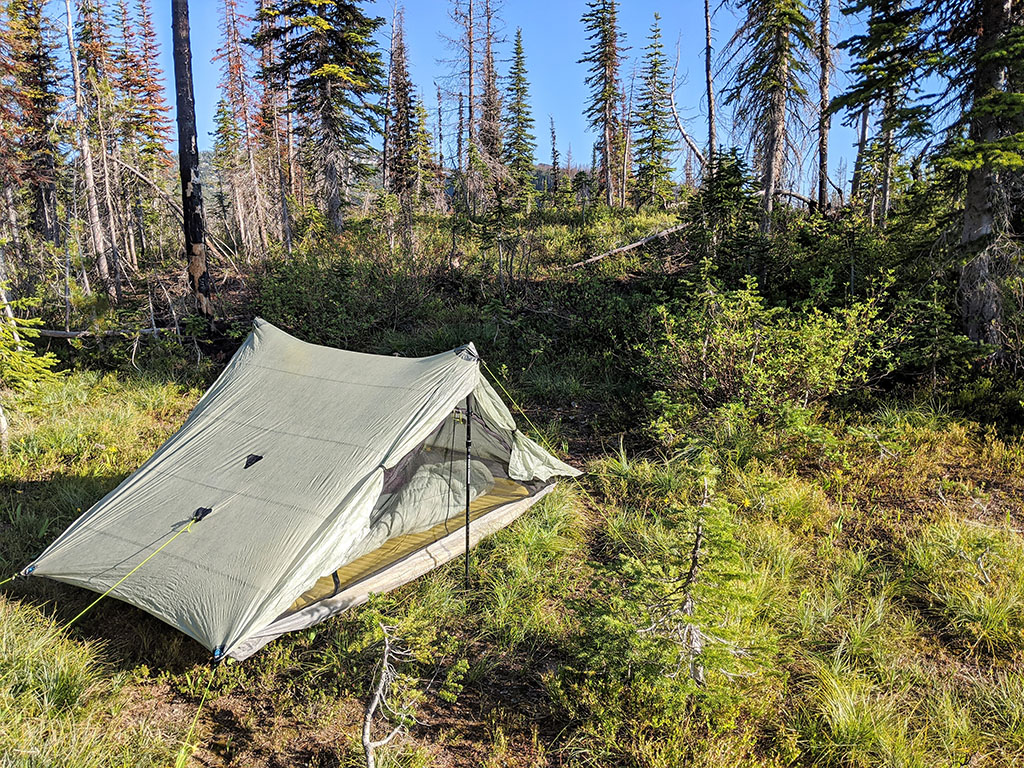
6. Unpacking
One of my favorite backpacking rituals is the after trail debrief session. This could happen at the trailhead over a cooler of drinks (bonus tip: pack “victory drinks”) or at a restaurant on the drive home, just be sure to actually do it. Talk about your favorite moments, laugh about inside trail jokes, write down your favorite foods to remember or something you would improve upon for next time.
Debriefing is an affirmative bonding experience to process the trip and bask in the afterglow. This helps ease the transition back into the default world, as messages and news updates start chiming in to your phone and the pressure and demands of daily life come flooding back in. Beginners may not know it even after their first trip, but one of the most valuable parts of being a backpacker is the perspective it offers on living in the default world. Allowing time to make the shift and dwell on the experience is invaluable to a beginner.
Once you get home I know it is tempting to just forget your backpack in a corner and flop down on the couch in a daze. I suggest making time to unpack before you even hop in the shower. Why? Two words: dirty socks.
Some things, like cleaning your cooking kit and putting things away can be left for later but wet, dirty clothes forgotten in a stuff sack can mold surprisingly quickly. So throw clothes in the laundry, hang anything that got wet out to dry (tent, rain jacket, etc), and take your sleeping bag out of its stuff sack so that it dries out and the insulation can loft (particularly important if your quilt or sleeping bag is down!). Proper care of your gear will greatly extend its lifetime.
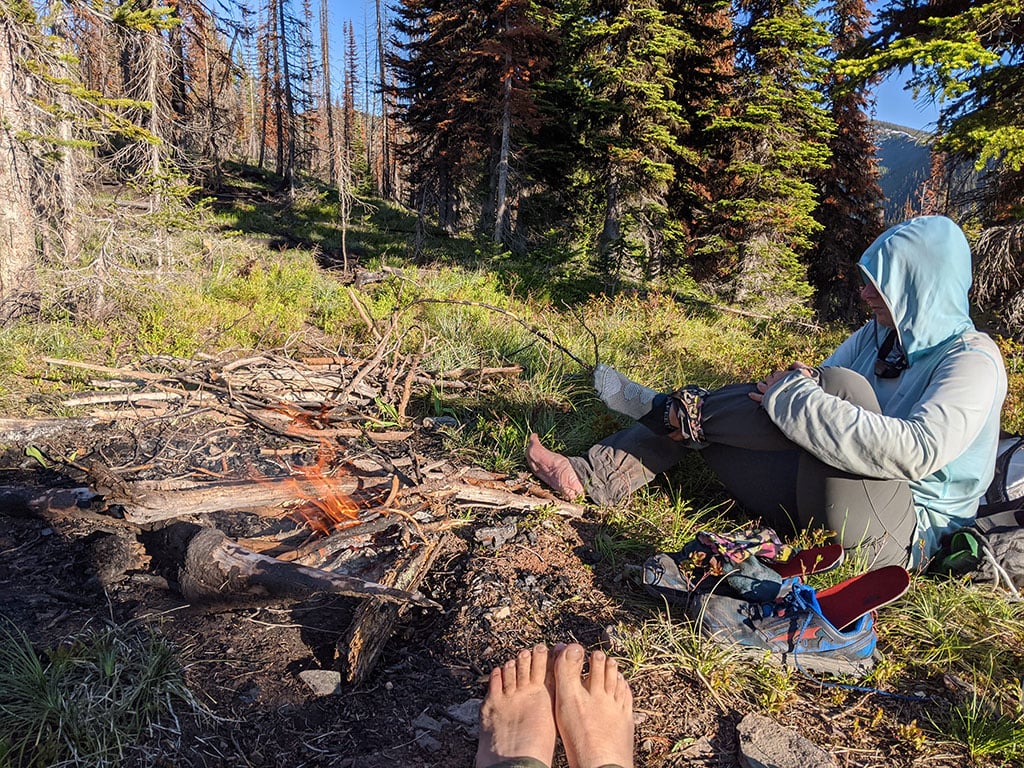
Final Thoughts
Many of us feel like only a certain type of person gets to be a backpacker. When I was a beginner, I thought that backpacking was for the fast, fit people with all the gear. I didn’t think there was space for a slow, chubby, awkward, poor girl among their ranks. So for a long time I avoided hiking with people because I was embarrassed. But I put a backpack on anway, and I went outside and made a lot of mistakes over and over again and learned and grew every time.
Here I am a decade later, still slow, chubby, awkward, broke, and fulfilled down to the very marrow of my bones every time I get outside. Because becoming a backpacker is not about how fast you are, how far or high you can hike or how you look on social media, it is a matter of executing an entire backpacking adventure and reaping the experience and perspective that comes with it.
